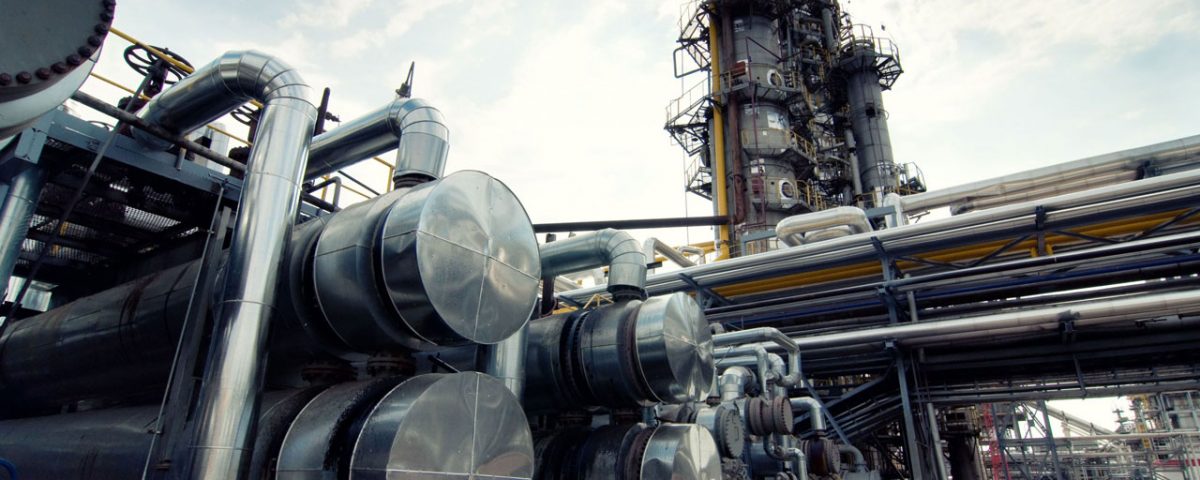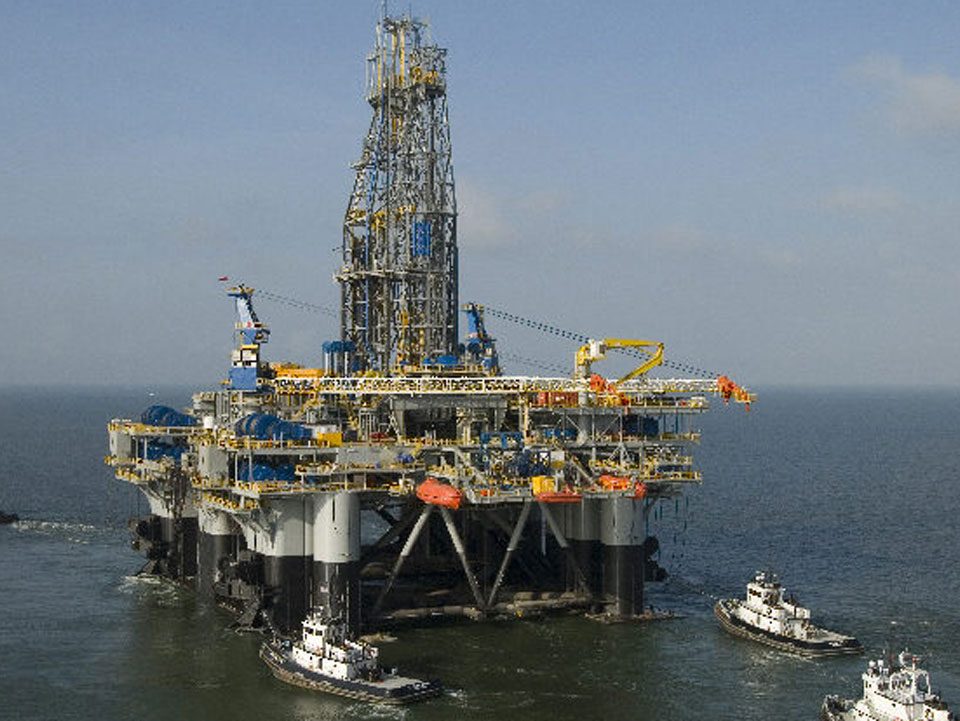World Update: Global fuel costs to rise by $60bn, as IMO sets to cap sulphur

Nigeria Update: Investors to stake fresh N250bn in Nigeria rice production
April 13, 2018
World Update: Russia investigator Mueller interviewed CIA chief
April 13, 2018As the International Maritime Organisation (IMO’s) 0.5wt per cent sulphur cap for bunker fuels kicks in, global bunker fuel costs could rise by up to $60billion yearly from 2020.
In a bid to drastically reduce emission and protect the environment, stakeholders, who would converge at the Marine Protection Summit in London this week, would discuss global shipping emission.
In the event of the full implementation of the policy, experts at London-based, Wood Mackenzie, and Lagos-based, Dania & Associates, expect cascading implications, including a surge in the cost of fuels.
Fuel oil, which is high in sulphur content, has always been used by the shipping industry as bunker fuel. In 2017, global demand for high-sulphur fuel oil stood at over 70 per cent of overall bunker fuels.
With the implementation of the IMO regulation in 2020, shippers would have to consider a switch to alternative fuels, such as Ultra Low Sulphur Fuel Oil (ULSFO), or marine gas oil (MGO), or install scrubbers, a system that removes sulphur from exhaust gas emitted by bunkers.
Senior Research analyst, EMEARC Refining and Oil Product Markets, at Wood Mackenzie, Iain Mowat, said the penetration rate for scrubbers could be limited by a number of factors, including access to finance, scrubber manufacturing capacity, and dry-dock space.
“Installing scrubbers may be an economically attractive option. Although there is an initial investment, shippers can expect a rate of return of between 20 per cent and 50 per cent depending on investment cost, MGO-fuel oil spread and ships’ fuel consumption. However, the penetration rate for scrubbers could be limited by a number of factors, including access to finance, scrubber manufacturing capacity and dry-dock space.

